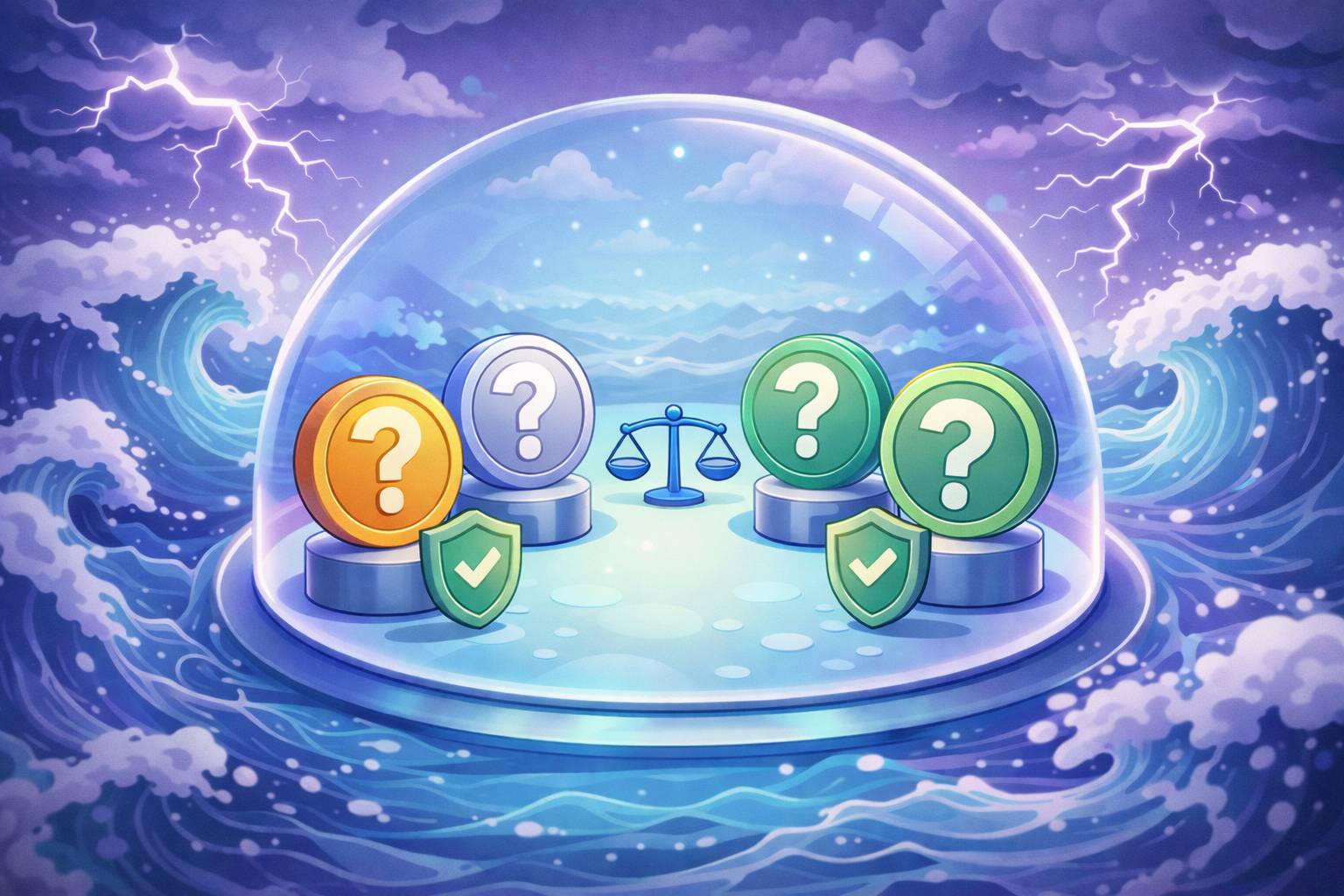Table of Contents
- TLDR - Tapping Into the Potential of Decentralized Applications (DApps) in Blockchain
- Deciphering the Concept of Decentralized Applications
- Fundamental Elements of DApps
- Advantages and Disadvantages of Decentralized Applications (DApps)
- Advantages of DApps
- Challenges Faced by DApps
- The Influence of Blockchain on DApps
- Leading DApps Transforming Blockchain Services
- Closing Thoughts
- Frequently Asked Questions









